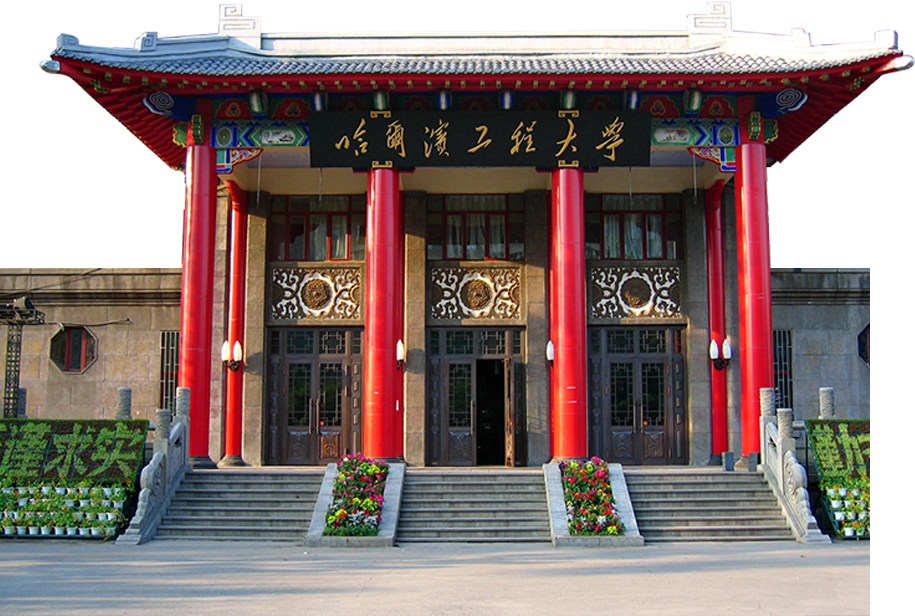
Harbin Engineering University (HEU) dates back to the PLA Military Engineering Institute founded in 1953. In 1970, its name changed to Harbin Shipbuilding Engineering Institute and then in 1994 to Harbin Engineering University.
HEU consists of 27 colleges & schools, 4 teaching departments (divisions and centers), more than 40 scientific research institutions and more than 150 scientific research and teaching laboratories. There are 6 national science innovative personnel bases, 1 national electrical and electronic teaching base, 7 national experimental teaching demonstration centers, and 1 national college students' cultural quality education base.

In the field of shipbuilding, ocean and nuclear engineering, HEU has significantly advanced technology and technical background including underwater robots, ship stabilization, marine power, integrated navigation, underwater acoustic positioning, nuclear power simulation and large ship simulation ranking highly both domestically and abroad. It has become a major fundamental and applied research base for naval architecture, ocean engineering, marine equipment technology and development in China.
Based upon its focus on the development of internationalized, open education, HEU has established cooperative relationships with many universities and institutions including the University of Southampton, the University of Sydney, Seoul National University, Kyoto University, the International Atomic Energy Agency, and 5 global giants of shipping classification society, a total of more than 130 institutions from 30 countries. HEU has also been approved for the “Chinese Government Scholarship”, “Nation-building High-Level Graduate Students”, and “Outstanding Undergraduate International Exchange" programs. It has jointly established a “Confucius Institute” with the South Ukrainian National Pedagogical University.